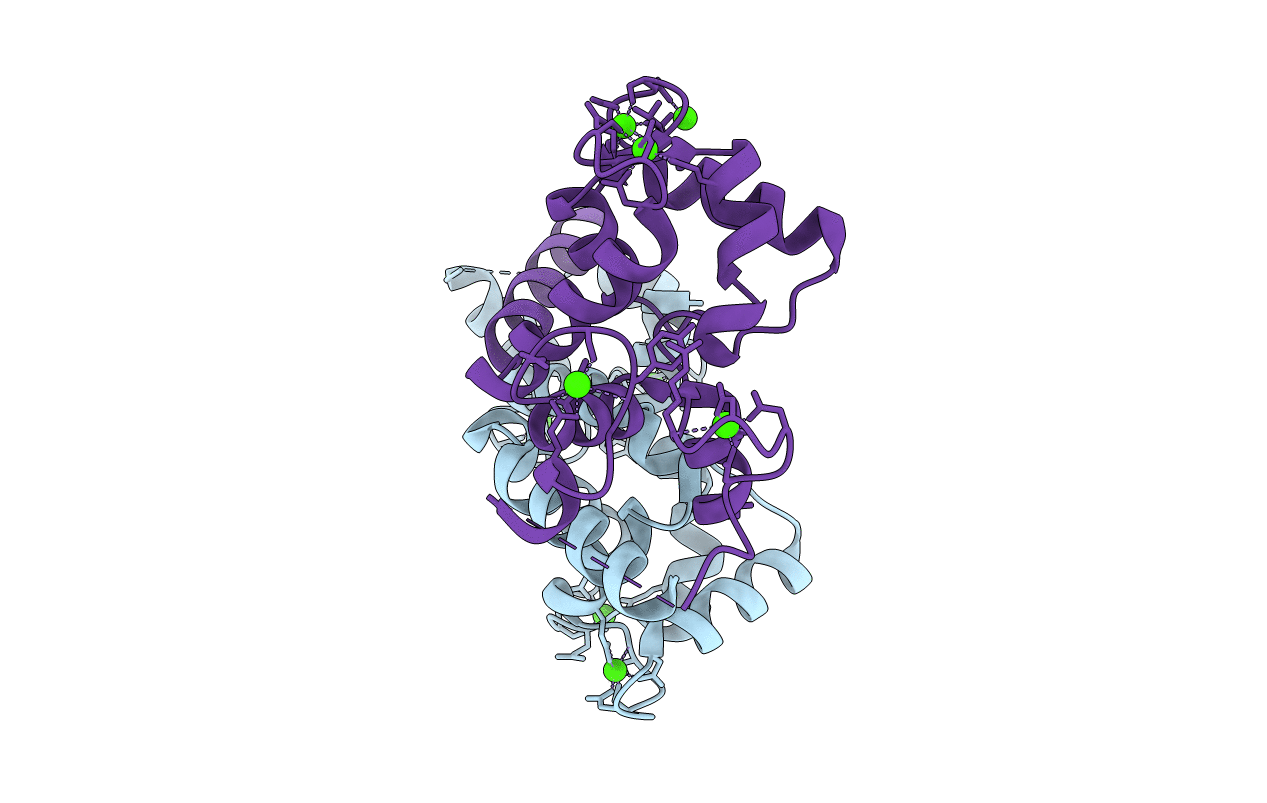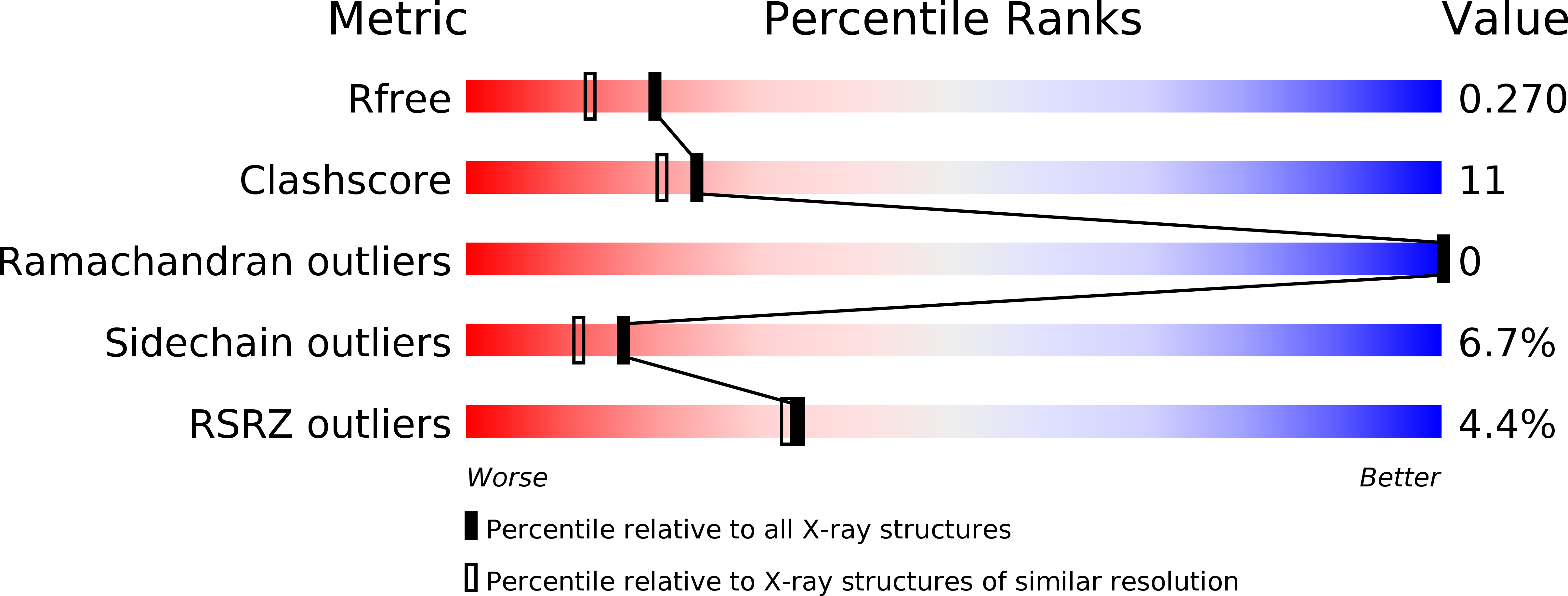
Deposition Date
2005-07-13
Release Date
2005-12-27
Last Version Date
2024-10-30
Entry Detail
PDB ID:
2AAO
Keywords:
Title:
Regulatory apparatus of Calcium Dependent protein kinase from Arabidopsis thaliana
Biological Source:
Source Organism:
Arabidopsis thaliana (Taxon ID: 3702)
Host Organism:
Method Details:
Experimental Method:
Resolution:
2.00 Å
R-Value Free:
0.25
R-Value Work:
0.21
R-Value Observed:
0.27
Space Group:
P 21 21 21


